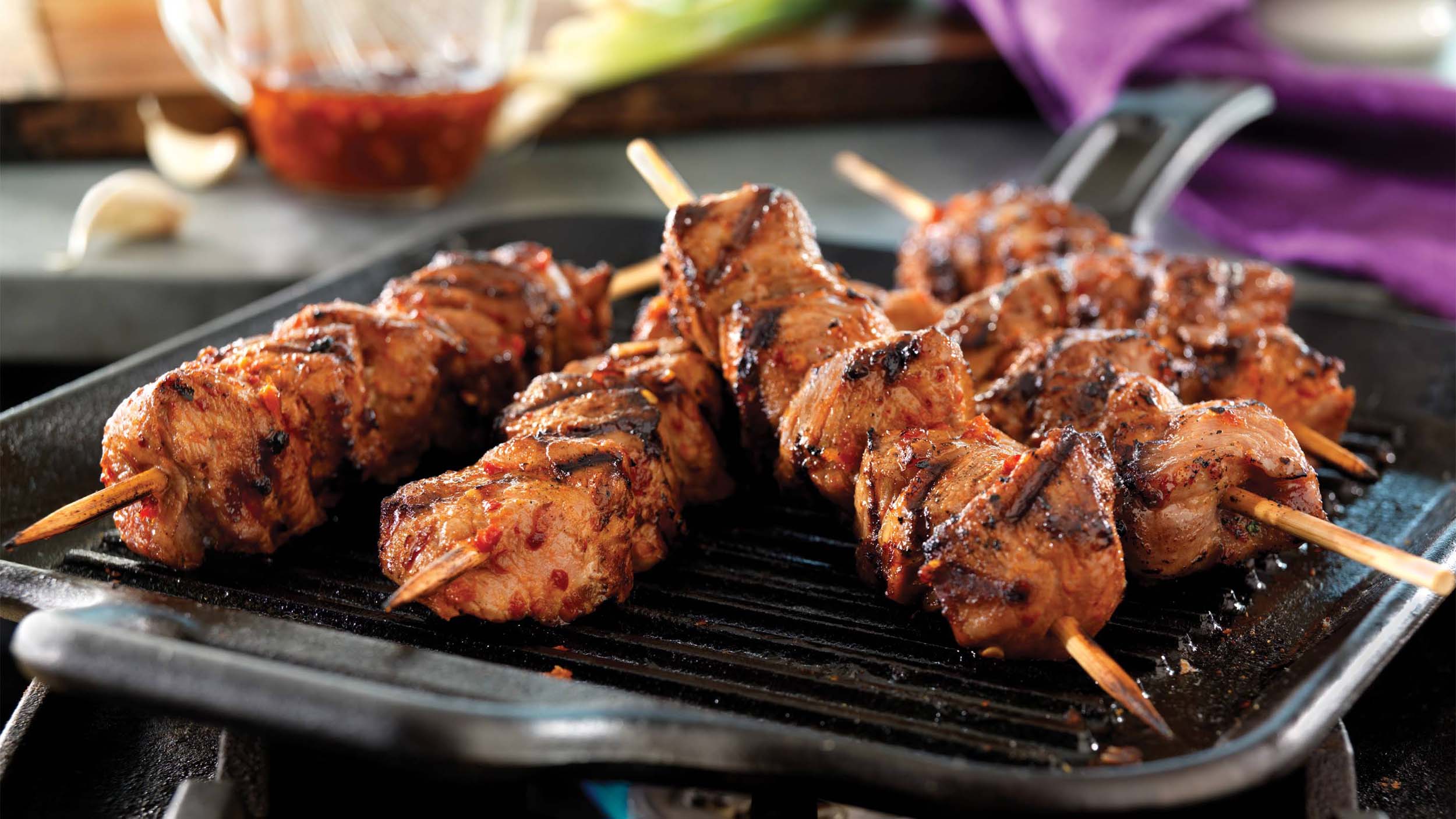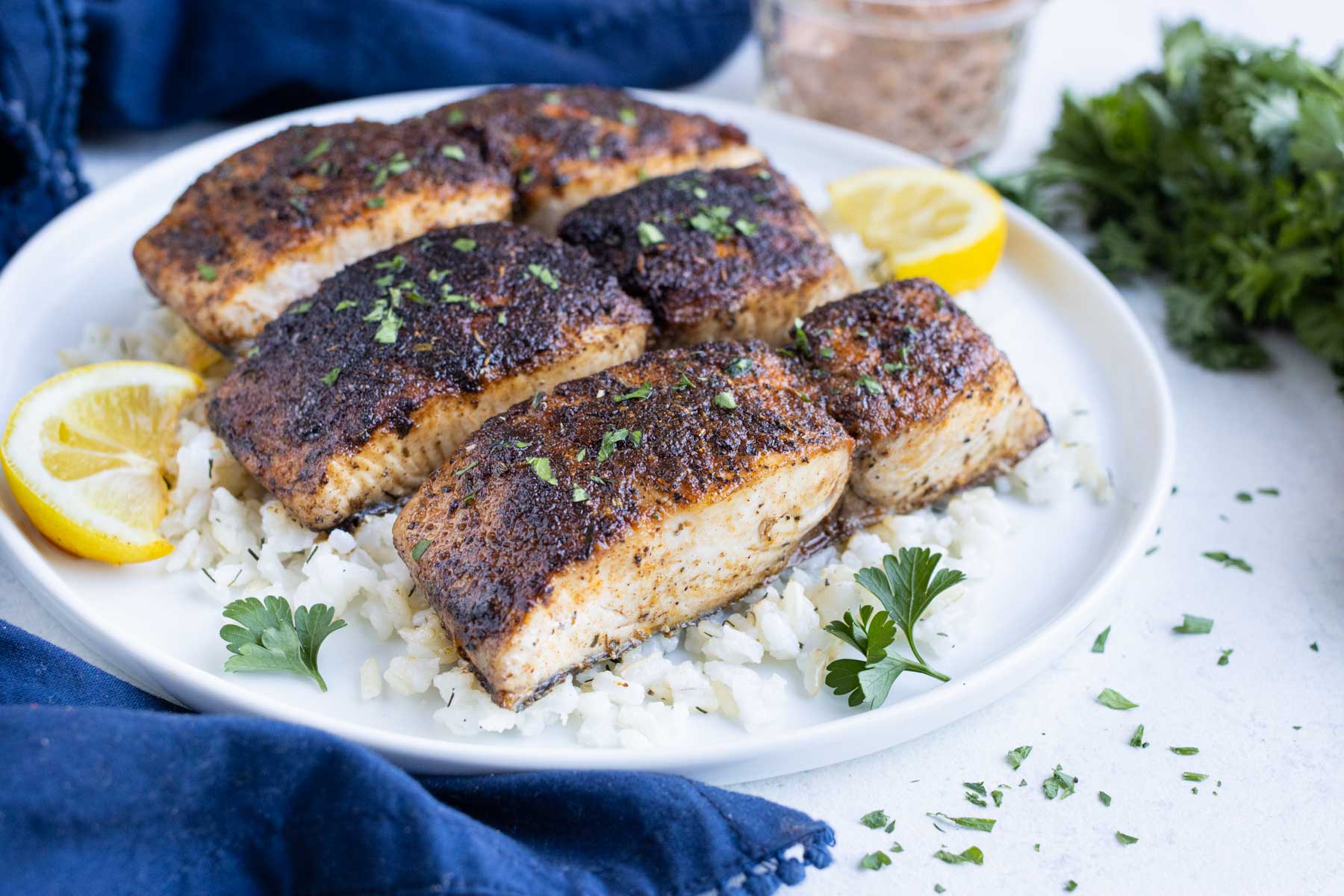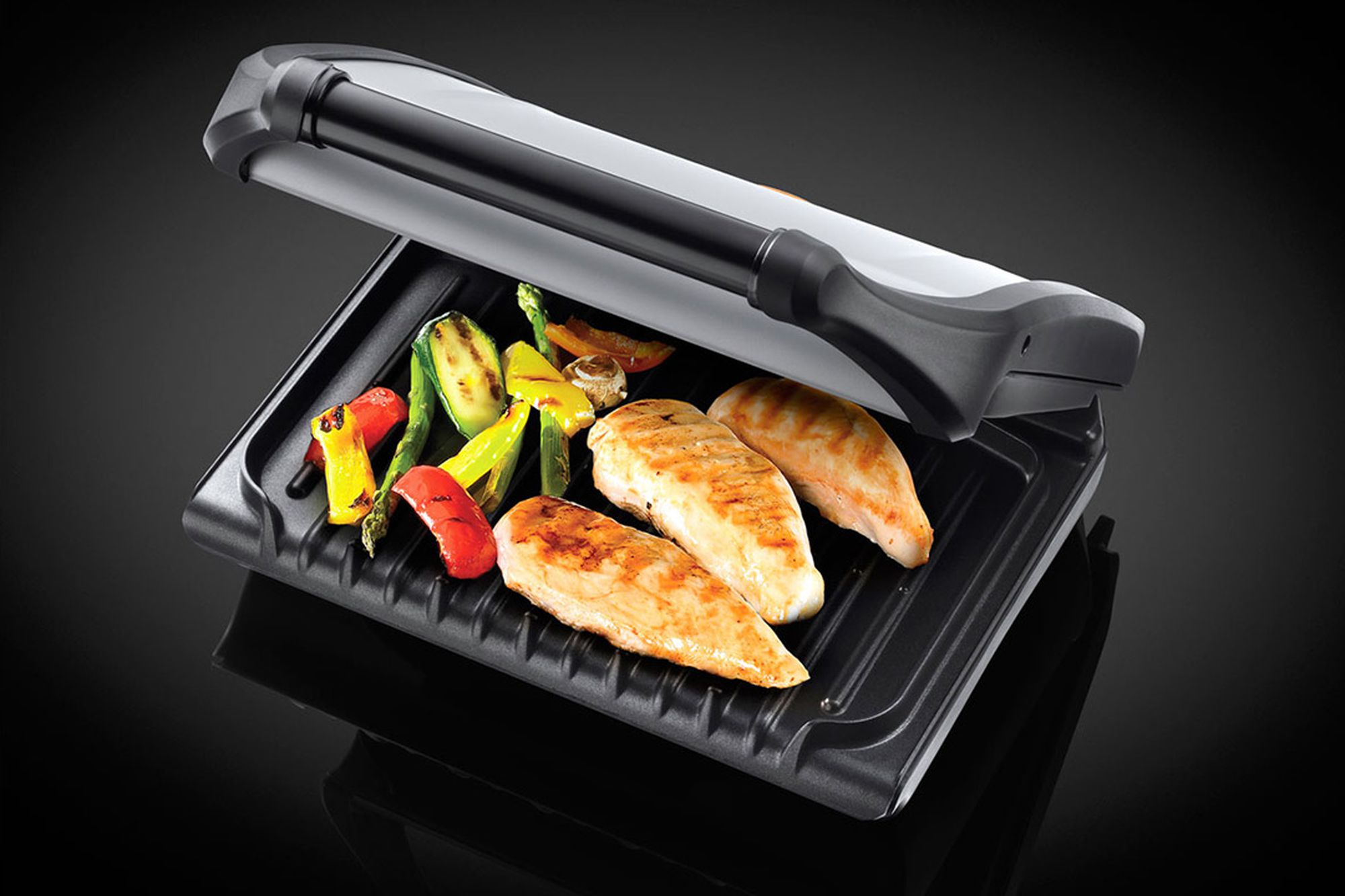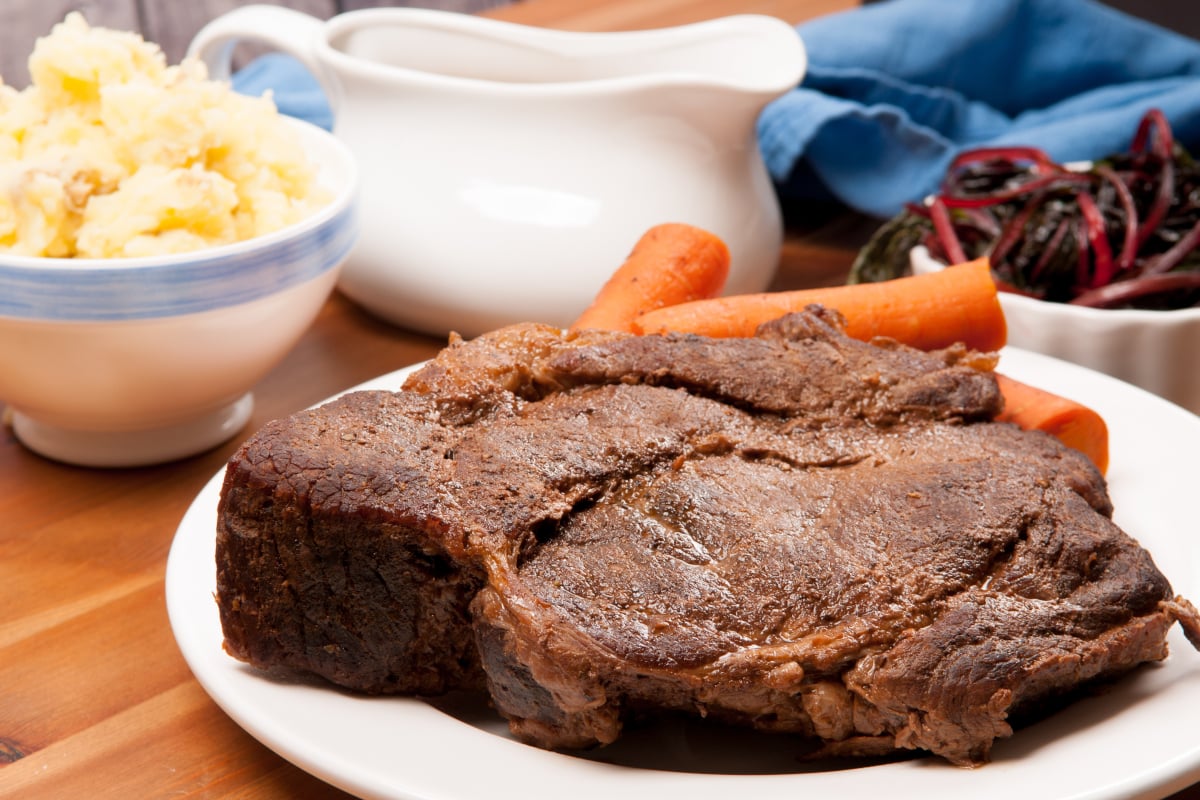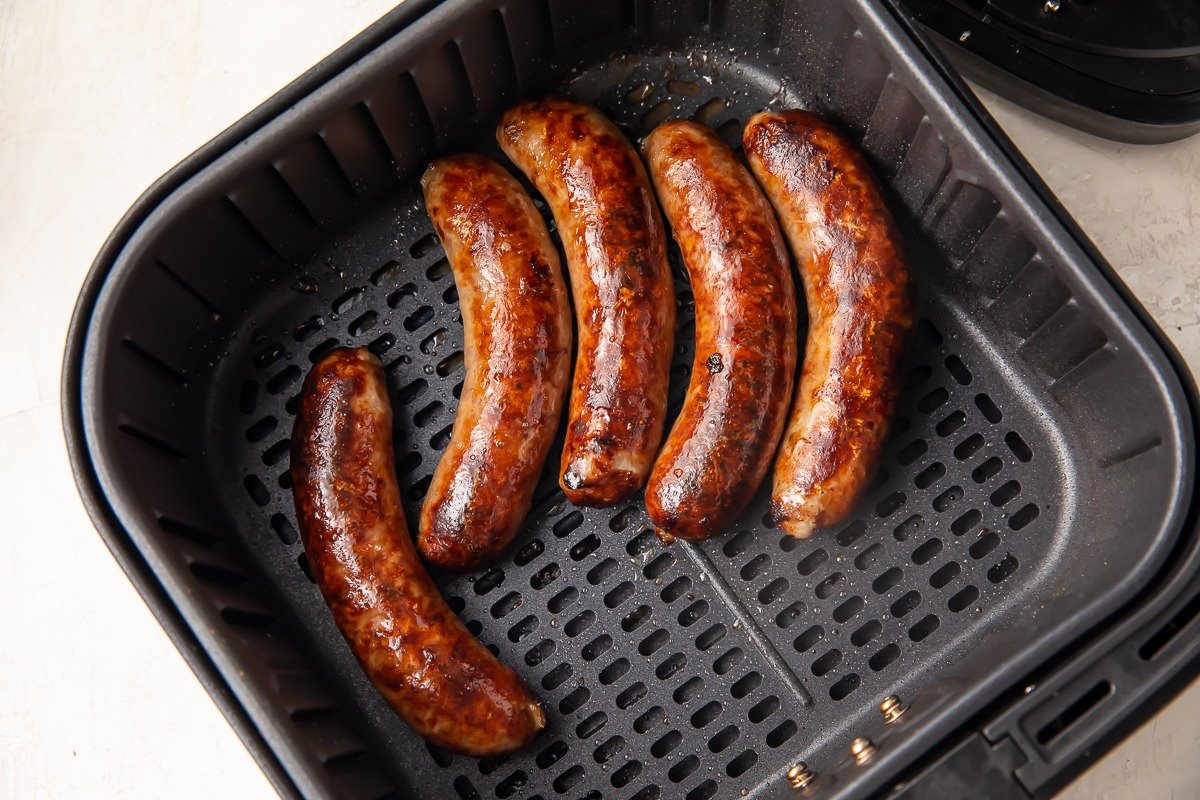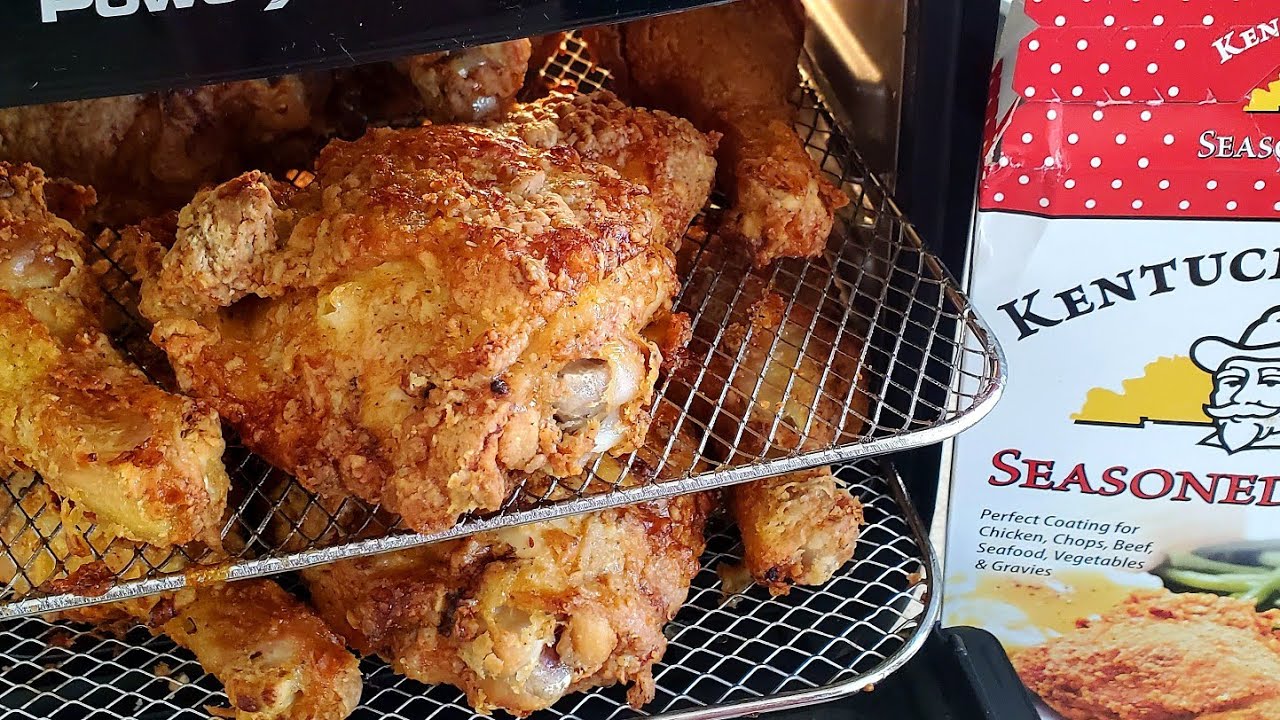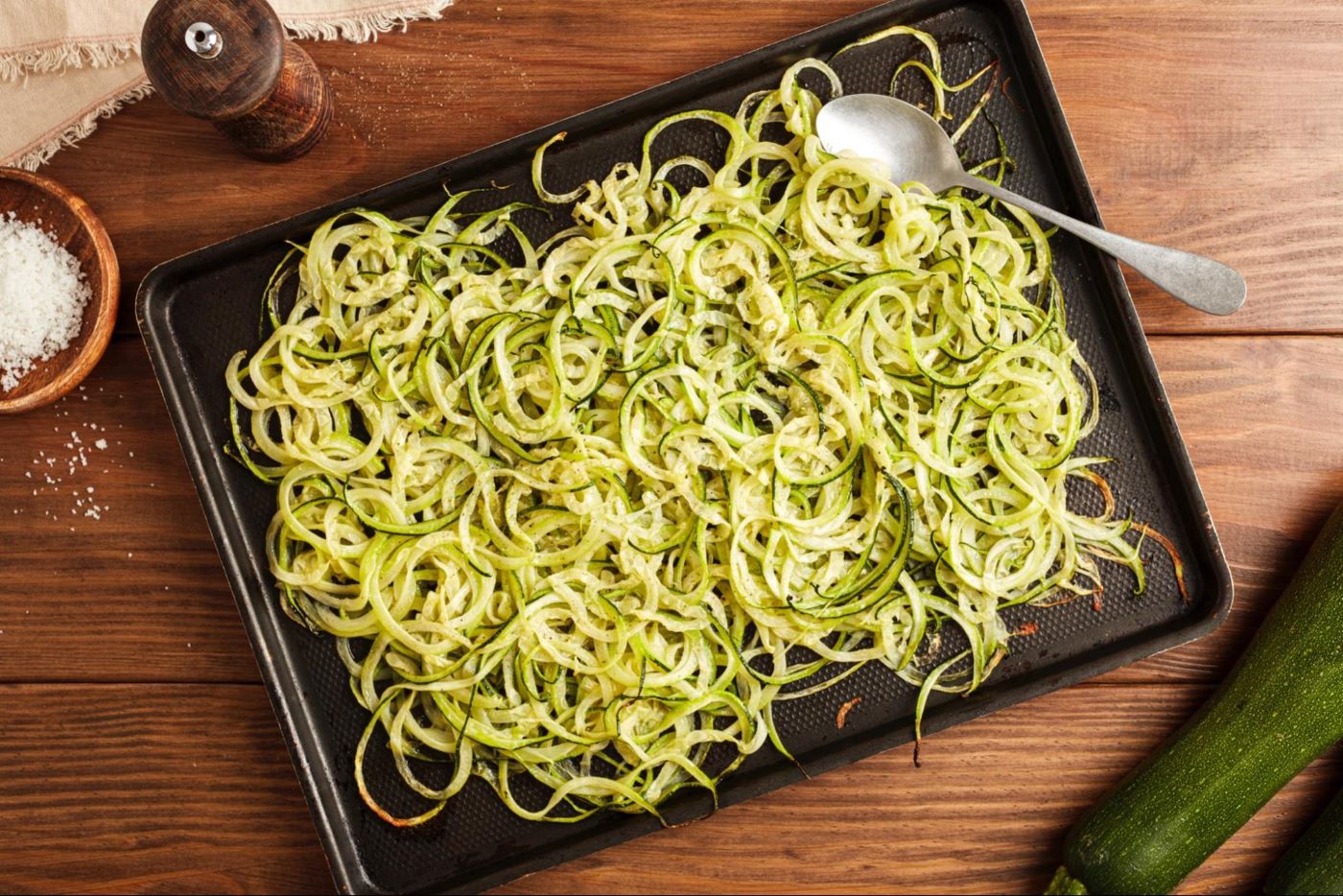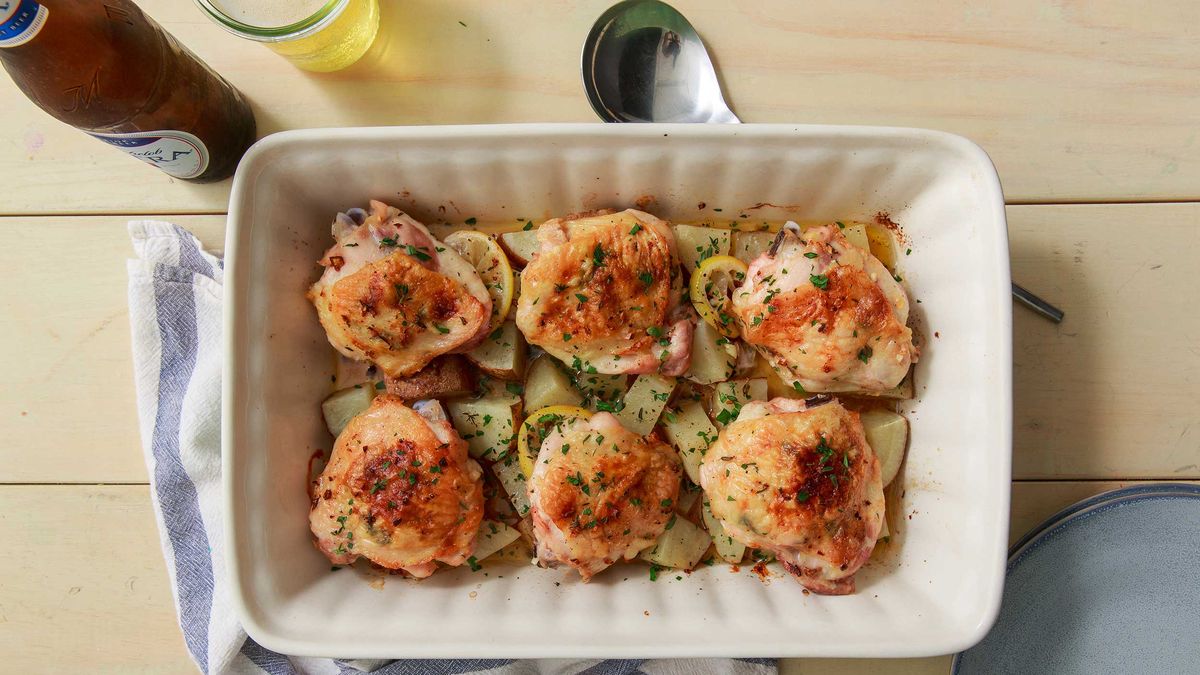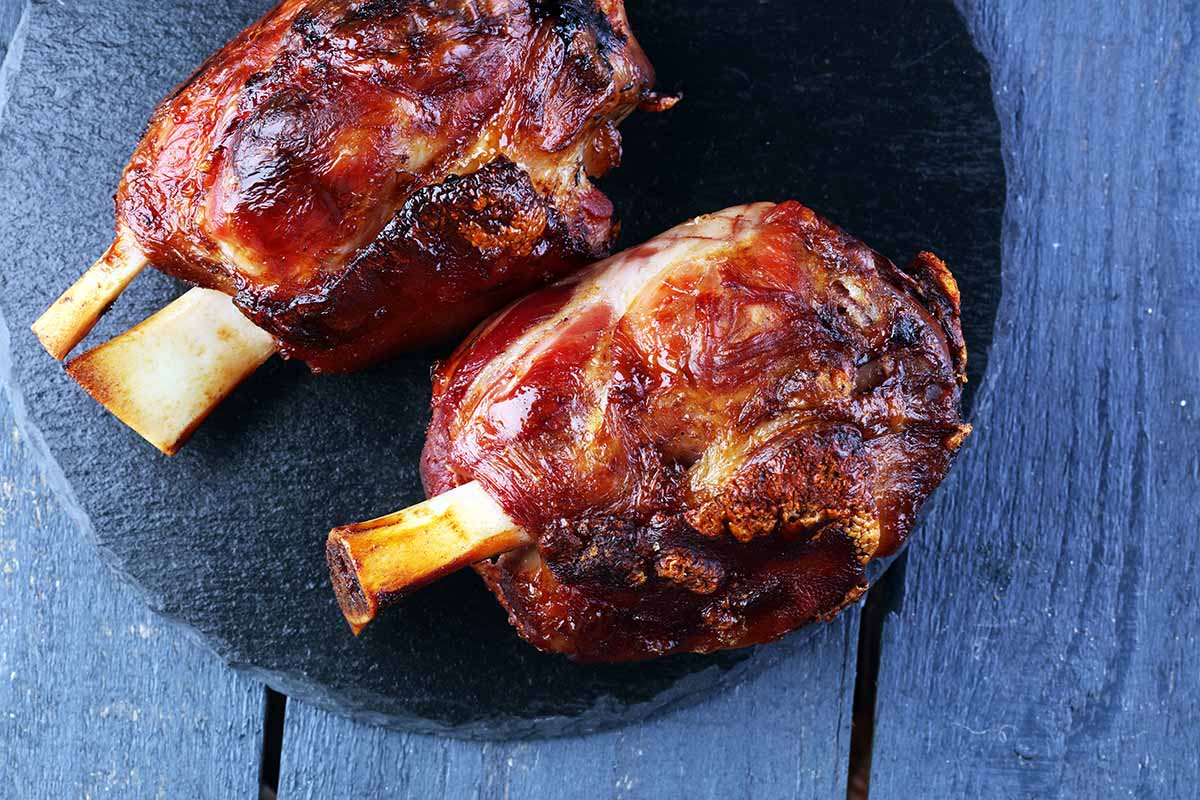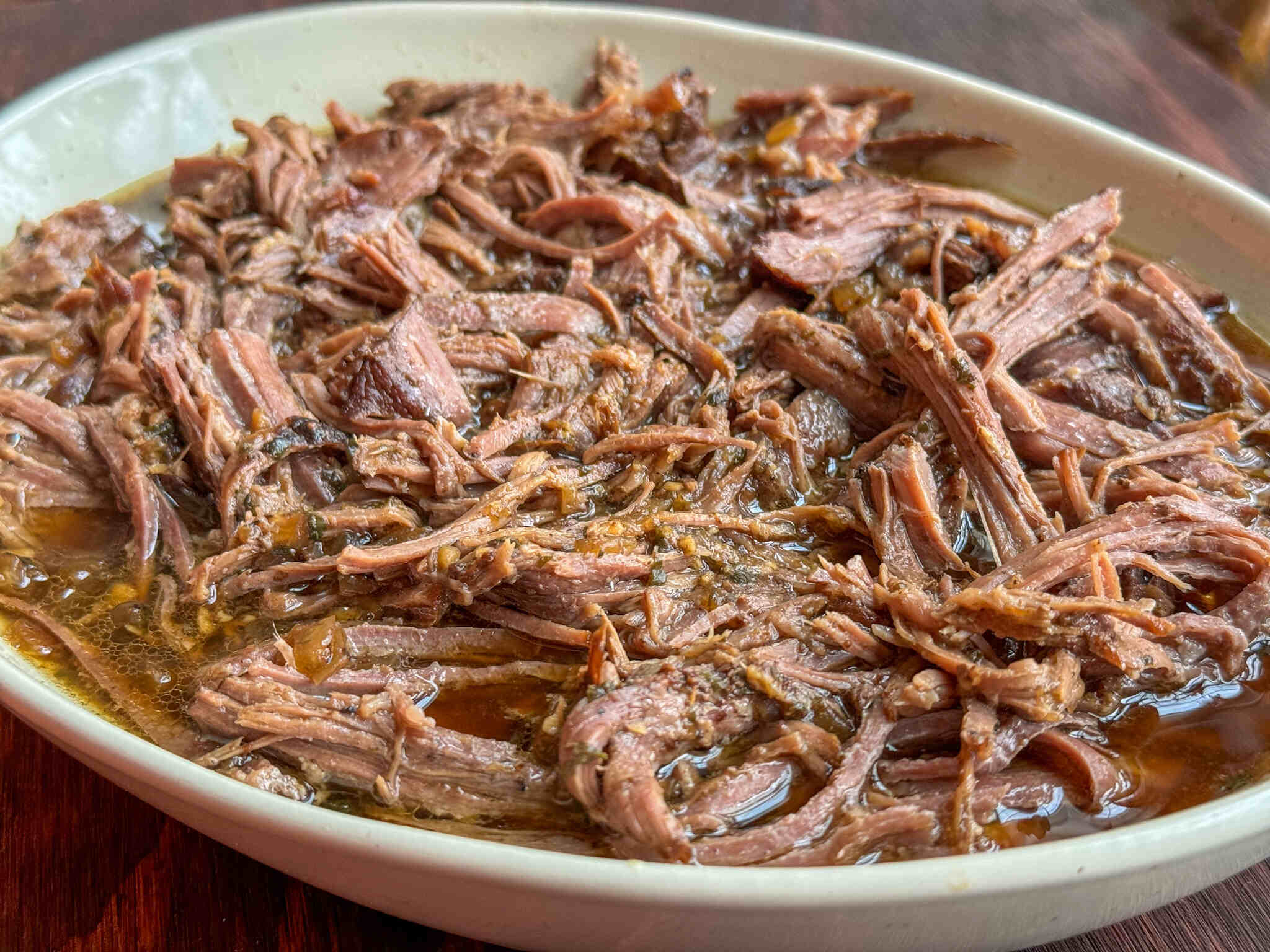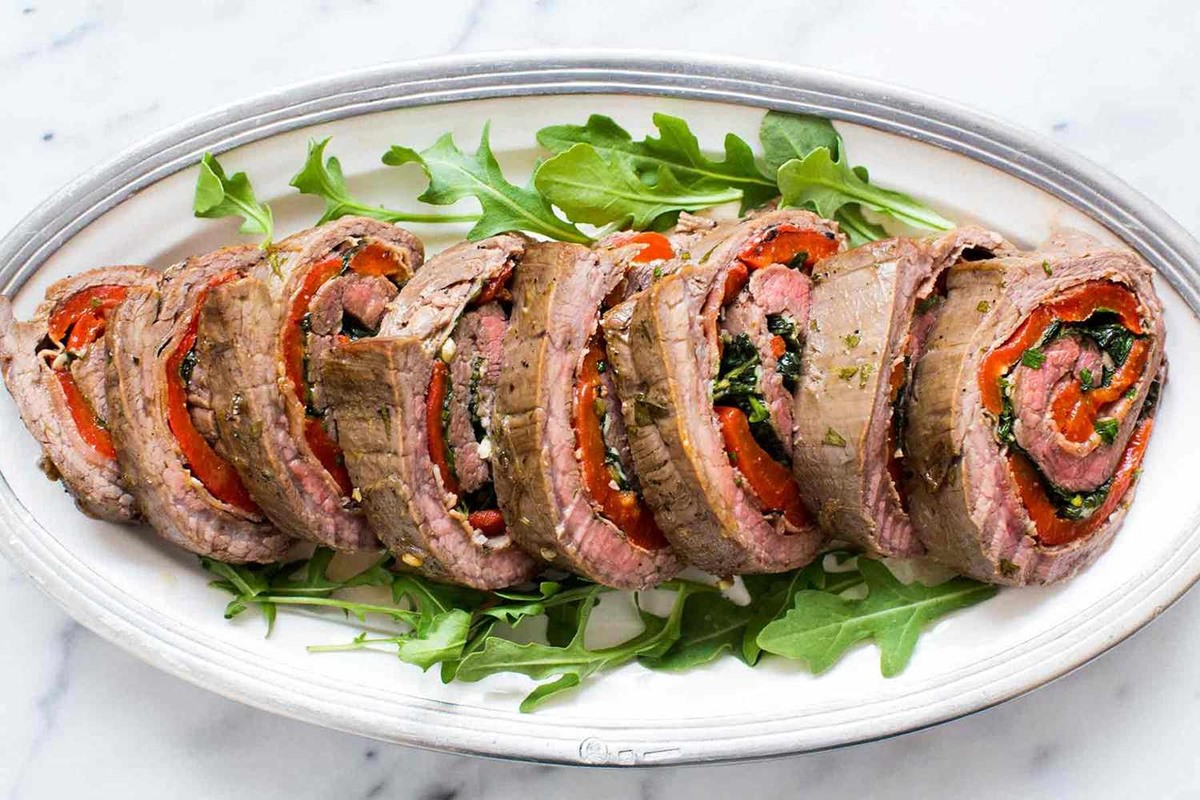A Delicious Guide to Cooking Mixed Vegetables
When it comes to healthy eating, mixed vegetables play a vital role in providing essential nutrients to our bodies. Not only are they packed with vitamins, minerals, and fiber, but they also add a burst of color and flavor to any dish. In this article, we will explore some creative and delicious ways to cook mixed vegetables that will leave your taste buds craving for more.
1. Stir-Fry Sensation
Stir-frying mixed vegetables is a quick, easy, and versatile method that retains the veggies’ crunchy texture and vibrant colors. Here’s how you can achieve stir-fry perfection:
- Start by heating a tablespoon of healthy oil, such as olive or sesame oil, in a skillet or wok over medium-high heat.
- Add your favorite combination of mixed vegetables. Think broccoli, bell peppers, carrots, snap peas, and zucchini.
- Toss the veggies around in the hot oil for a couple of minutes until they are tender-crisp.
- Sprinkle in some soy sauce or other seasonings like garlic powder or ginger for an extra boost of flavor.
- Serve your stir-fry over a steaming bowl of rice or noodles for a satisfying and wholesome meal.
2. Roasted Perfection
If you’re looking for a way to intensify the natural sweetness and depth of flavor in your mixed vegetables, roasting is the way to go. Follow these simple steps:
- Preheat your oven to 425°F (220°C) and line a baking sheet with parchment paper.
- In a bowl, toss your favorite mix of vegetables with olive oil, salt, and pepper.
- Spread the vegetables evenly on the prepared baking sheet.
- Roast in the oven for approximately 20-25 minutes, or until the vegetables are tender and slightly caramelized.
- Remove from the oven and garnish with freshly chopped herbs like parsley or basil.
- Enjoy your deliciously roasted mixed vegetables as a side dish or add them to salads, pasta dishes, or wraps.
3. Hearty Vegetable Soup
Warm, comforting, and full of goodness, a vegetable soup is an excellent way to enjoy a variety of mixed vegetables. Here’s a simple recipe to get you started:
- Sauté diced onions, minced garlic, and your preferred vegetables in a large pot with a drizzle of olive oil.
- Add vegetable broth or water to the pot, along with herbs and seasonings of your choice.
- Cover and let the soup simmer for about 20-30 minutes, or until the vegetables are tender.
- For a heartier version, you can add cooked quinoa, lentils, or beans to the soup.
- Serve your warm and comforting vegetable soup with a crusty bread roll or grilled cheese sandwich.
4. Flavorful Vegetable Medley
For a burst of flavors and textures, try creating a delightful vegetable medley by combining different vegetables and spices. Here’s how:
- Choose an assortment of vegetables like cauliflower, Brussels sprouts, sweet potatoes, and cherry tomatoes.
- Cut the vegetables into bite-sized pieces and toss them in a mixing bowl.
- Add a drizzle of olive oil and sprinkle with your favorite seasonings, such as paprika, cumin, or Italian herbs.
- Transfer the mixture to a baking dish, and roast in the oven at 400°F (200°C) until the vegetables are tender and well-seasoned.
- Once cooked, serve this flavorful vegetable medley as a delicious side dish or as a topping for salads and grain bowls.
With these creative and mouthwatering ways to cook mixed vegetables, you’ll never have a dull and uninspiring meal again. So, grab your apron, head to the kitchen, and get ready to enjoy a nutritious and delicious culinary adventure!
More Delicious Mixed Vegetable Recipes to Try
Having mastered the art of cooking mixed vegetables, why not push your culinary boundaries further with our diverse selection of recipes? From the comforting warmth of Hearty Mixed Vegetable Soup to the vibrant flavors of Grilled Vegetable Kabobs, each recipe offers a unique way to enhance your newfound skills. We recommend trying the Spicy Vegetable Curry for those who enjoy a bit of heat, or the Vegetable Stir-Fry with Tofu for a quick, healthy weeknight dinner. Both dishes showcase how versatile mixed vegetables can be, incorporating various spices and cooking techniques that will impress any dinner guest.
Was this page helpful?
Read Next: How To Cook Ground Turkey For Spaghetti

